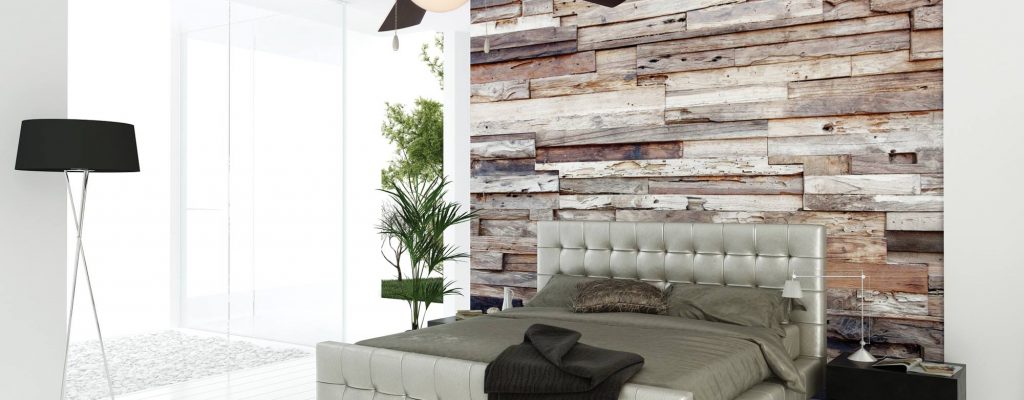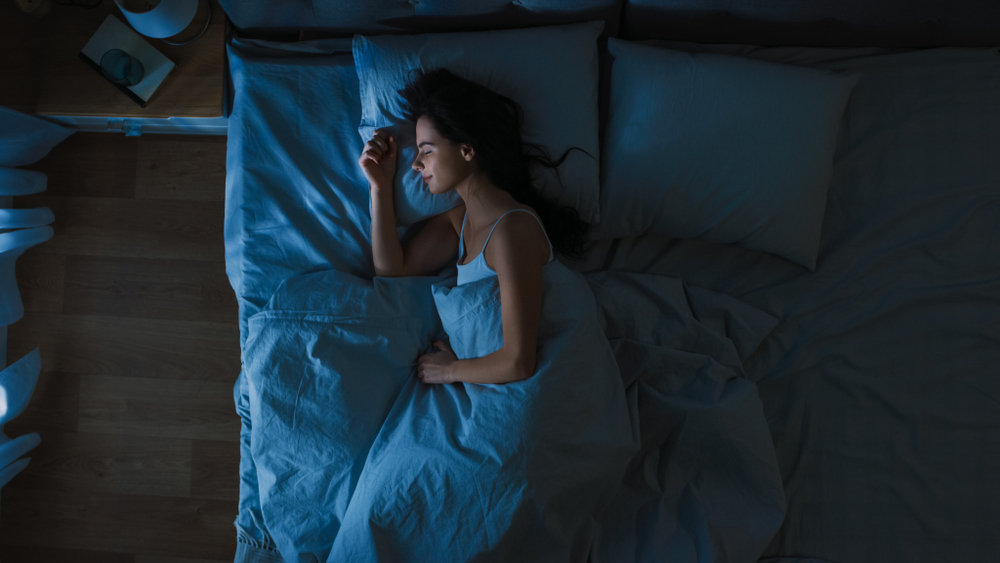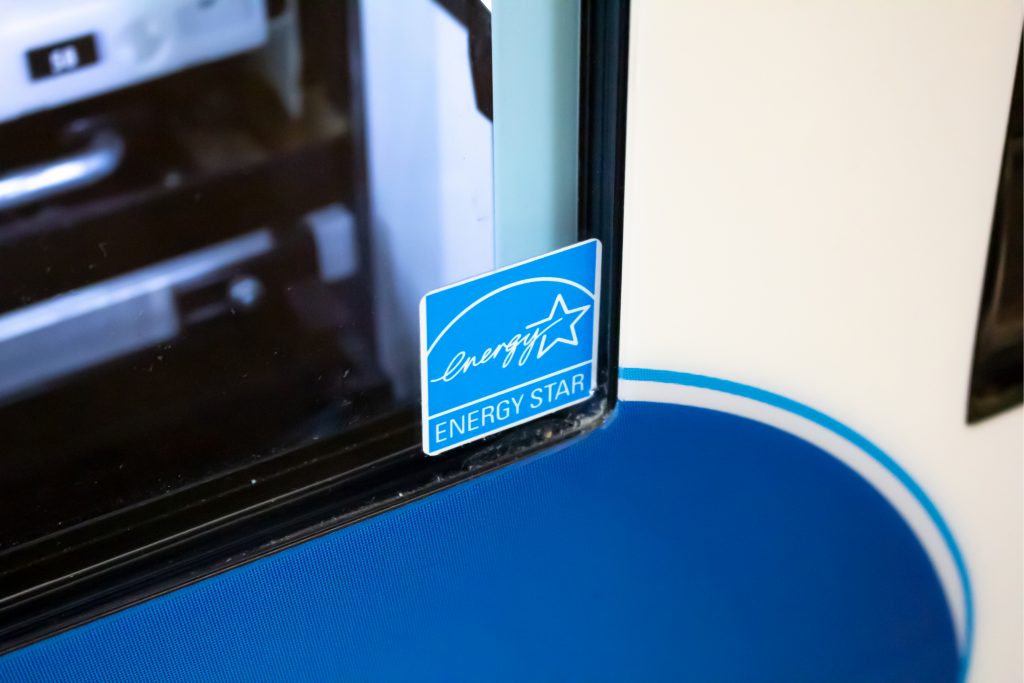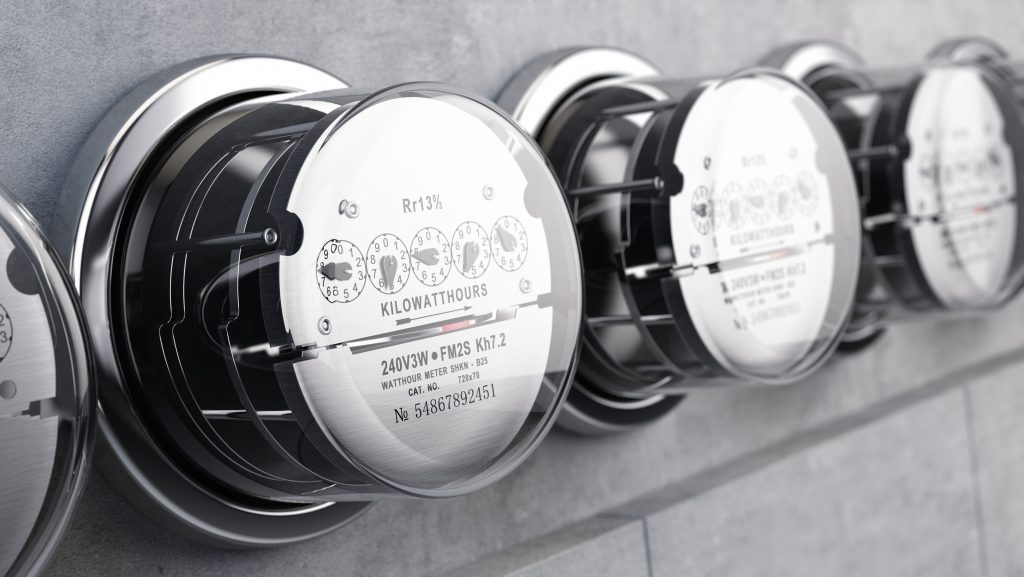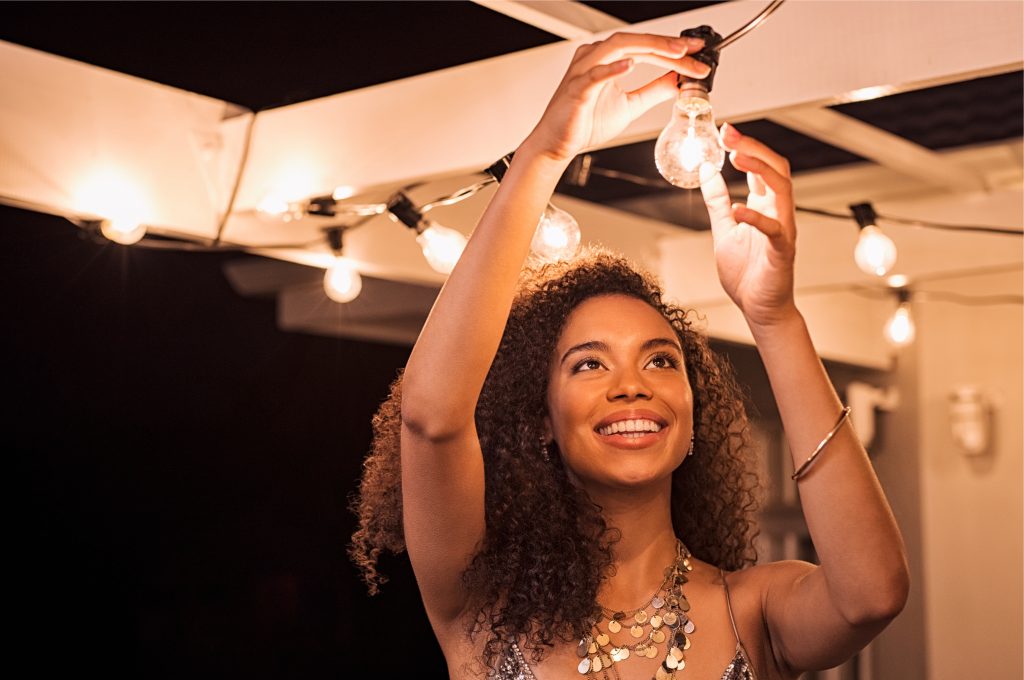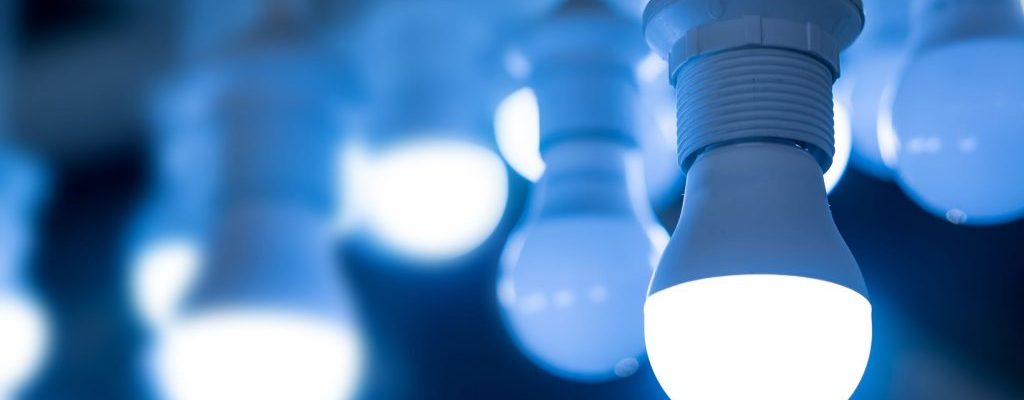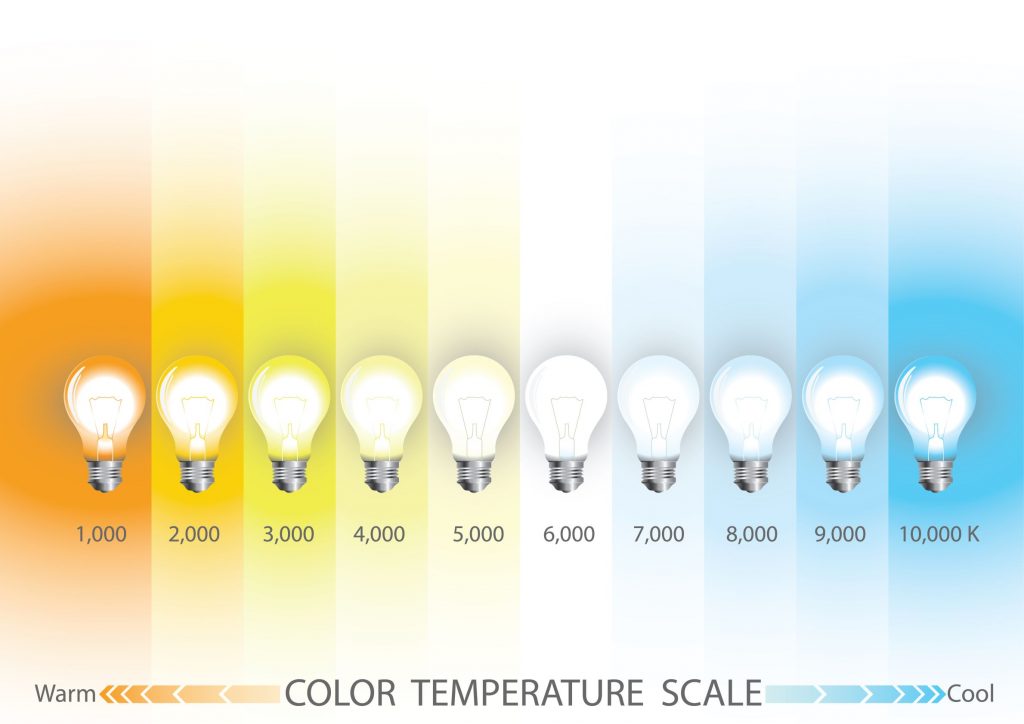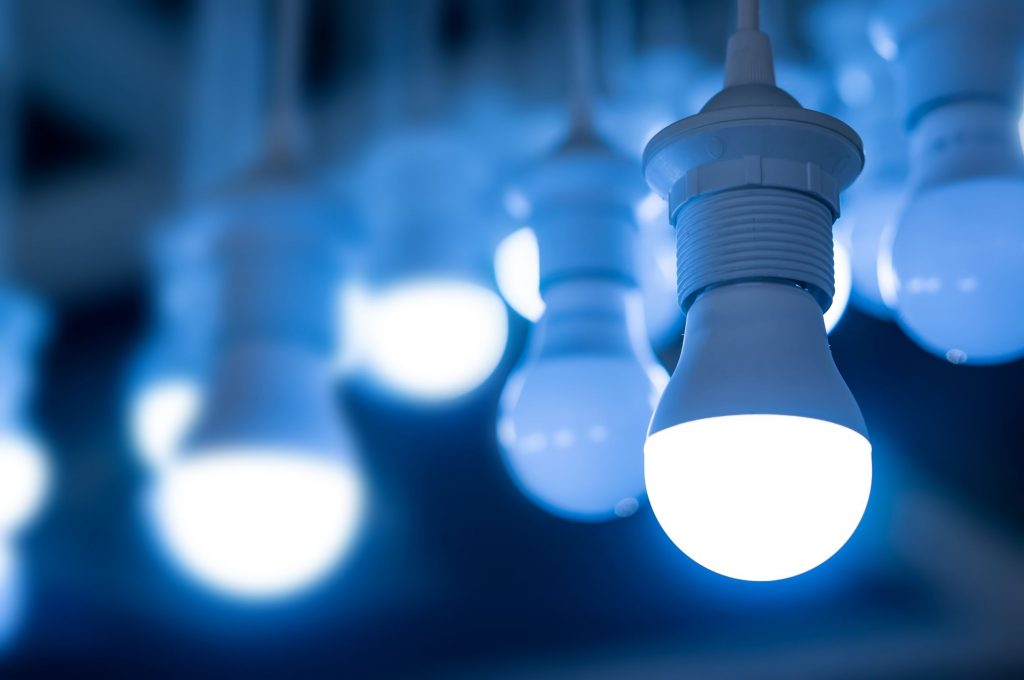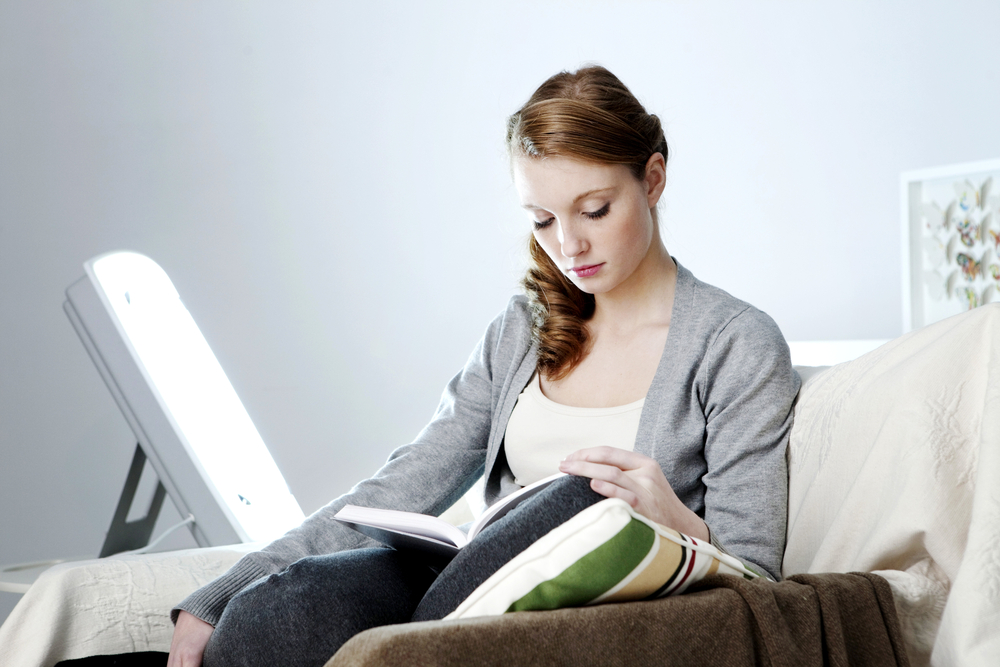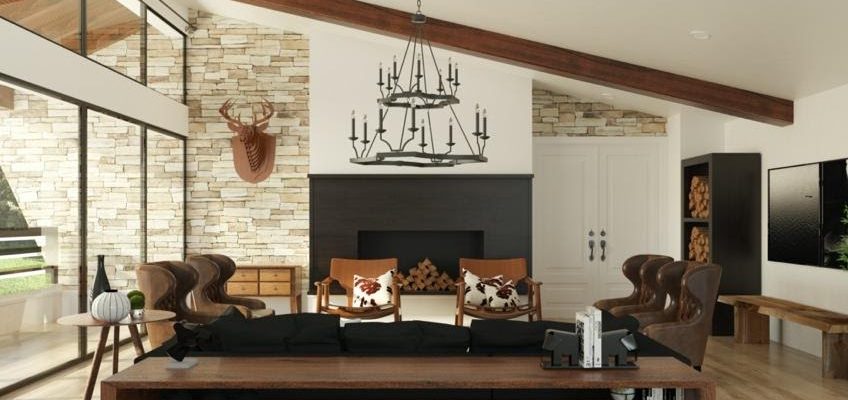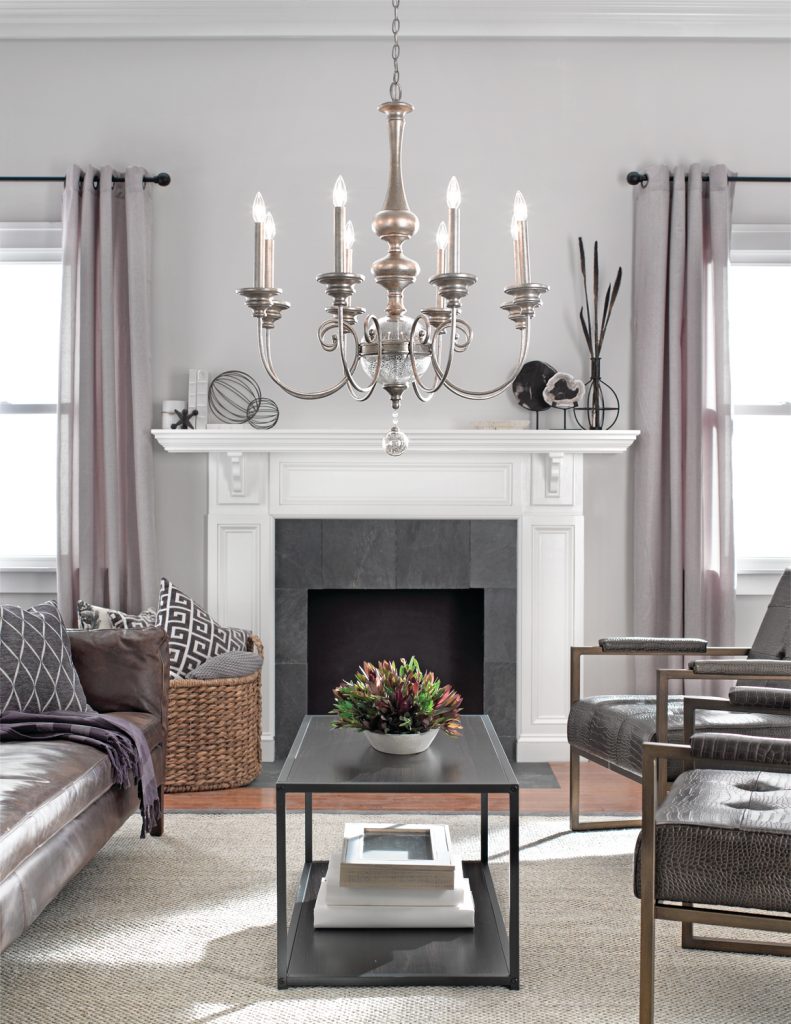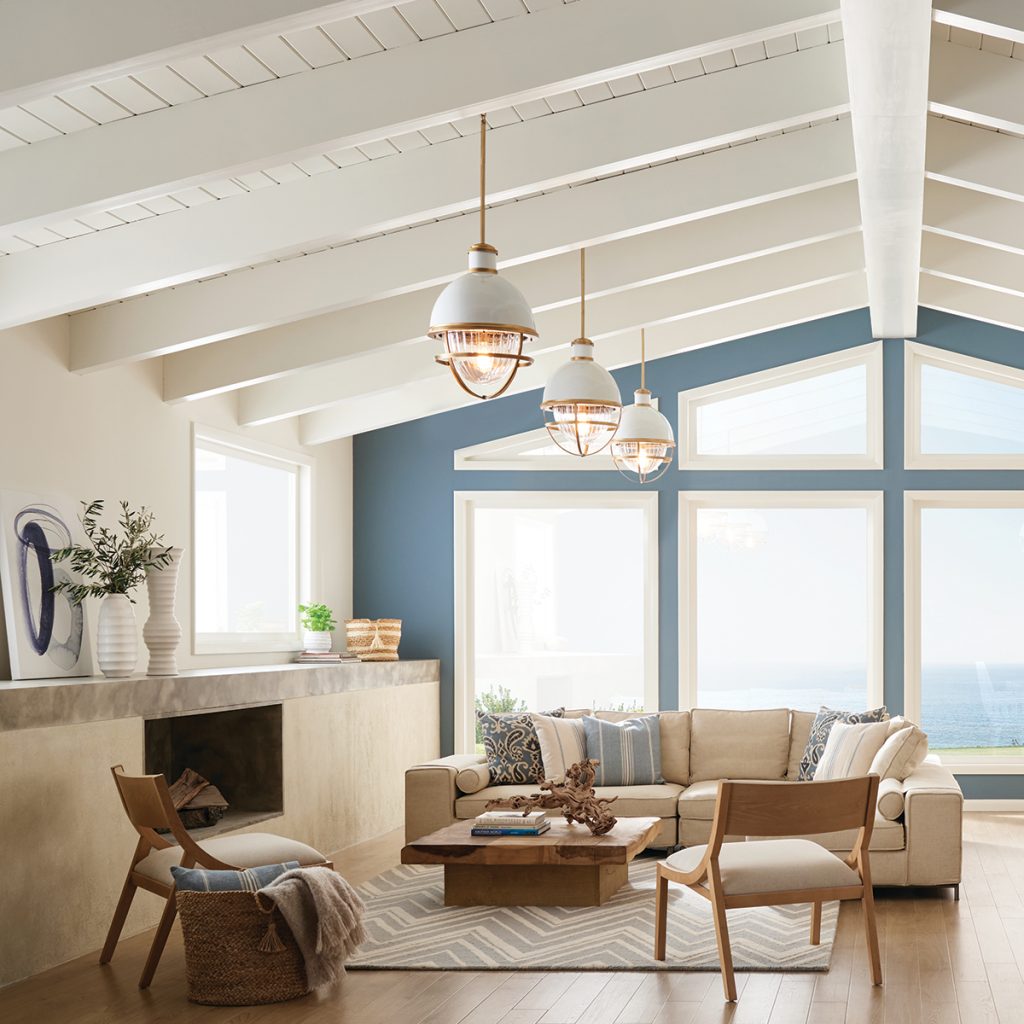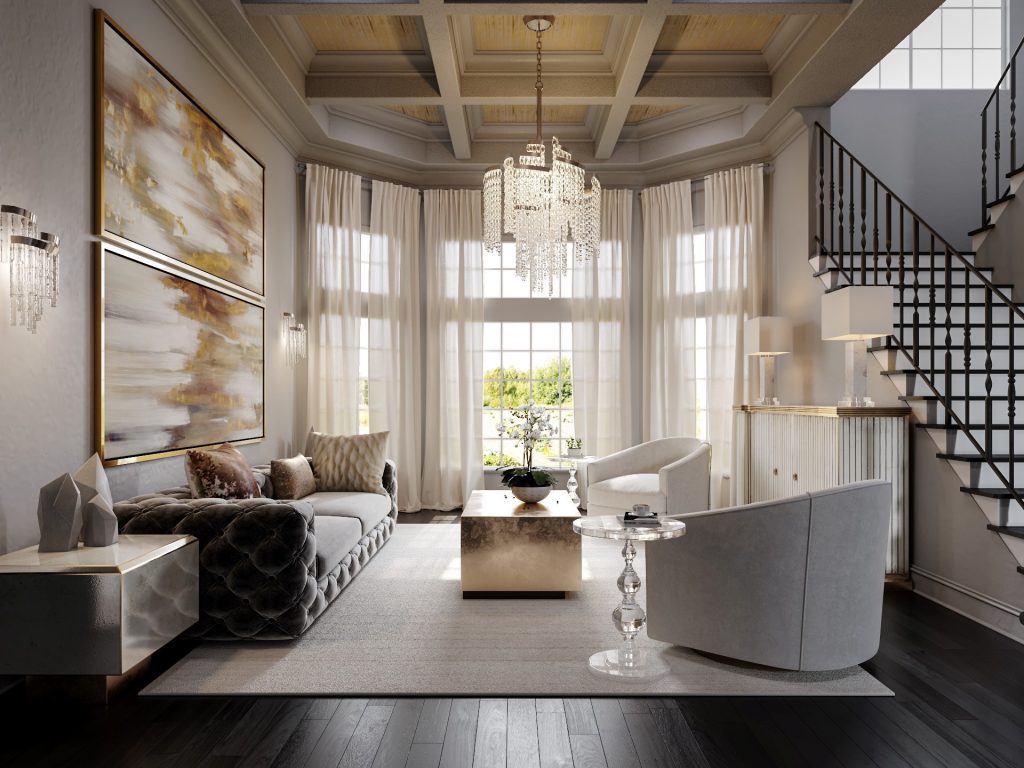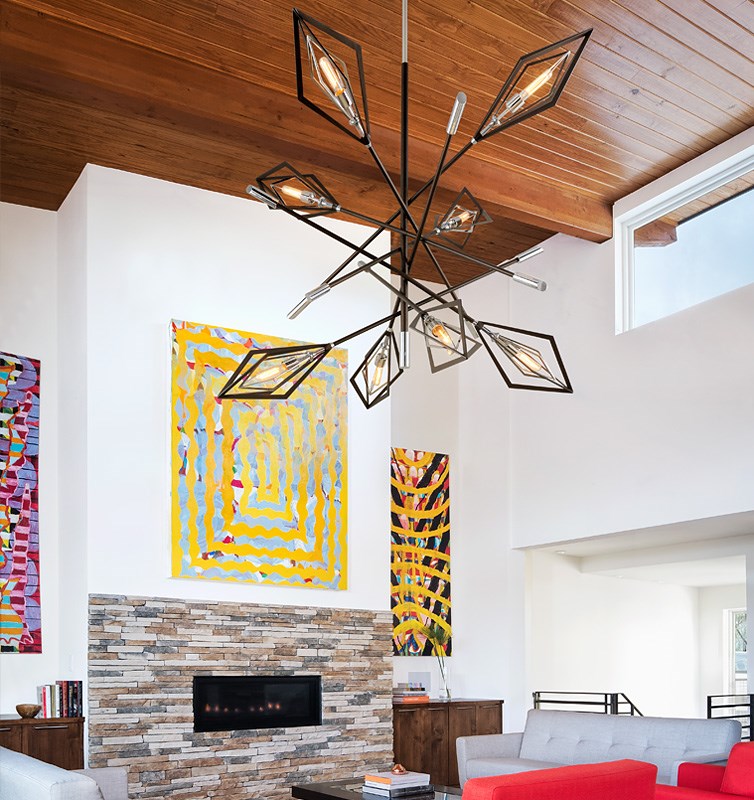Does your home decor style say modern? Maybe it says transitional. Or, maybe you’re wanting to abandon a former you, do a complete 180, and create a modern look. To give your home a modern finish, there are some fundamental elements you’ll want to consider. Yes, the right kind of pillows and picture frames will come into play, but let’s start with more of a central piece – a statement piece – something you can design around. No we’re not talking about a couch or table. Believe it or not, we’re talking ceiling fans.
The right kind of ceiling fan can introduce your style with some serious flare and help tie a room together, so why not start with it? Convinced? Let’s walk through some of the different types and maybe, just maybe, one of these modern ceiling fans will spark an interest in you.
All modern, contemporary ceiling fans will offer sleek lines, smooth finishes, and little to no adornment. Now you might be wondering how modern ceiling fans differ. Well, our goal is to inspire your whole space – how the fan you select will complement your furniture, paintings, and color schemes. Let’s get to it.
Mid-Century Modern

This type of style dates back to the 1950s (hence, mid-century style) and focuses on simple features and naturally integrated materials. Take lots of natural wood and mix it with different metals, large glass windows, natural and warm hues, and asymmetric detailing, and you have yourself a mid-century style home.
This style has remained just as popular since it was first developed. Homeowners like the idea of linking the inside of their home to the outside just through the use of specific materials. Mid-century modern style has also gained wide popularity for its sleek and simple design principles.
To complement this type of living, you’ll want a mid-century modern ceiling fan combined with different materials. We suggest finding a fan that combines natural wood with a brassy metal for some intentional contrast. For inspiration, you could go with dark walnut wood blades and an antique bronze for the mounting device and motor. Or, play around with mixing a dark cherry wood with polished nickel.
Whichever pairing you choose, know that you can create that desired medley of wood and metal with just one piece – yes, that one piece can be a ceiling fan and it can play a significant role in the aesthetic of a room.
Modern Farmhouse

The modern farmhouse feel has risen in popularity over the last few years, but don’t confuse it with a rustic look. Modern farmhouse style takes the relaxed feel of a farmhouse and dresses it up with modern accents – modern accents being fine lines, glossy finishes, and neutral color schemes that say ‘sophisticated’, rather than ‘rustic’.
To get the full effect of a modern farmhouse, modern contemporary ceiling fans will subtly tie everything together. Similar to mid-century modern, modern farmhouse ceiling fans should also play on natural textures and materials, like wood and steel. But to incorporate that farmhouse vibe, your pieces should also look “well-used” – this doesn’t mean damaged, but rather, intentionally distressed.
The Boho Look

Boho or Bohemian, style lends itself to more of a relaxed, carefree vibe. Yet, it’s still considered modern because of its recent trendiness. In a mission to embrace the unusual, boho-inspired homeowners will decorate their space with eclectic items and features, bold colors, and whichever patterns and textures they like. That being said, it’s not all random.
You can still deliberately pull fun, unique items and colors together to give your space a cohesive, boho vibe you desire. But to achieve the full contemporary, boho look, you’ll need a modern ceiling fan – and not only for aesthetic. Imagine a light breeze swirling around you as you snuggle up to your tassel pillows. To create that carefree space, an interesting ceiling fan will give you both the aesthetic and function your boho heart needs.
Consider unique ceiling fans that might even look unconventional. If you truly want a boho space, you don’t have to worry about lines coming together in uniformity. It’s all about picking up unique pieces along your journey and making them fit. As there’s no formula to boho style, we urge you to look for interesting ceiling fans – maybe it’s asymmetrical or carved from mismatched wood. Whatever it is, let it speak to your inner designer.
Get Inspired and SAVE
And that’s what really makes a modern space, well, modern. But don’t feel limited to these styles of ceiling fans; at the end of the day, it’s your space and you should create it how you want to. Remember, modern ceiling fans can bring a complete look together just by acting as a centerpiece.
